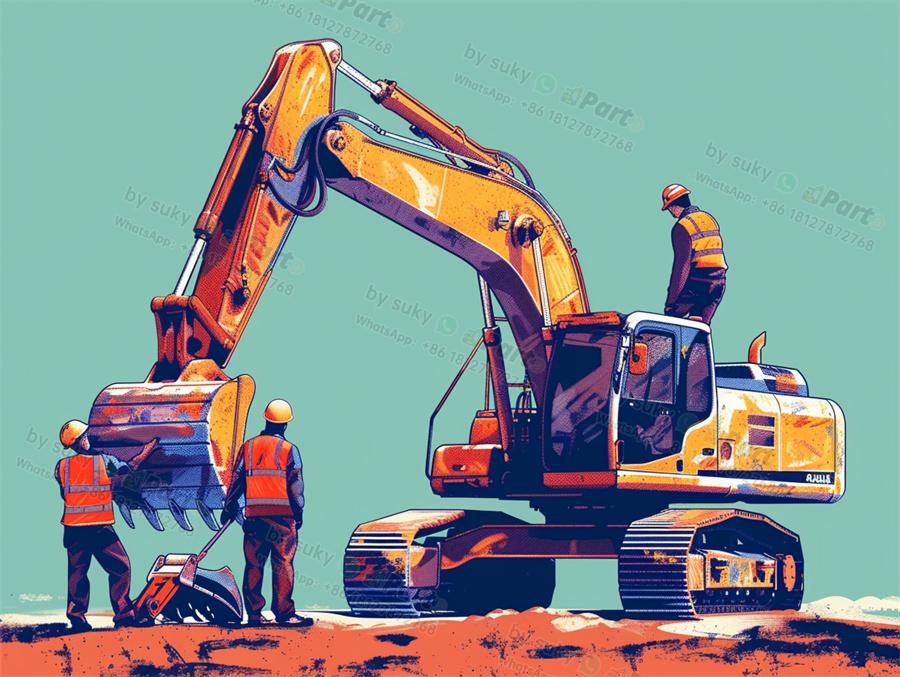Identifying genuine Caterpillar parts and avoiding counterfeits is crucial for importers and distributors in the heavy equipment industry. As a leading manufacturer of construction and mining equipment, Caterpillar is known for its high-quality parts that ensure the optimal performance of their machines. However, the market is flooded with counterfeit parts that can jeopardize the safety and efficiency of the equipment. In this article, we will discuss how you can differentiate between genuine Caterpillar parts and counterfeits to protect your reputation and the integrity of your business.
1. Verify the Source
The first step in identifying genuine Caterpillar parts is to ensure that you are purchasing them from an authorized dealer or distributor. Caterpillar has a network of authorized dealers and distributors who are trained to identify genuine parts and provide customers with the assurance of quality. Be wary of suppliers offering significantly lower prices than the market average, as this could be a red flag for counterfeit parts. Always verify the source of the parts before making a purchase to avoid falling victim to counterfeit scams.
2. Check the Packaging
Genuine Caterpillar parts are typically packaged in branded boxes with the company’s logo and part number clearly displayed. Counterfeit parts, on the other hand, may come in generic packaging with missing or incorrect labeling. Look for spelling errors, blurry printing, or unusual fonts on the packaging, as these are common indicators of counterfeit parts. Additionally, genuine parts often come with security features such as holographic stickers or barcodes that can be used to verify their authenticity. Inspect the packaging carefully to ensure that you are receiving genuine Caterpillar parts.
3. Examine the Quality
One of the most reliable ways to identify genuine Caterpillar parts is to examine the quality of the product. Genuine parts are manufactured to Caterpillar’s strict quality standards and are designed to withstand the demanding conditions of heavy equipment operations. Counterfeit parts, on the other hand, are often made from inferior materials and may not meet the same quality standards. Look for signs of poor craftsmanship, such as rough edges, uneven welding, or loose fittings, which can indicate that the part is counterfeit. Always compare the quality of the part with an original Caterpillar part to ensure that you are getting the real deal.
In conclusion, identifying genuine Caterpillar parts and avoiding counterfeits is essential for importers and distributors in the heavy equipment industry. By verifying the source, checking the packaging, and examining the quality of the parts, you can protect your business from the risks associated with counterfeit products. Remember to work with authorized dealers and distributors to ensure that you are purchasing genuine Caterpillar parts that meet the company’s quality standards. Invest in quality parts to safeguard the performance and longevity of your equipment, and uphold the reputation of your business in the market.




